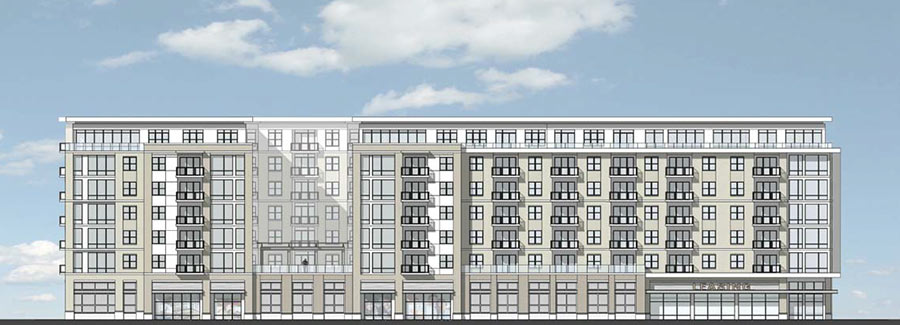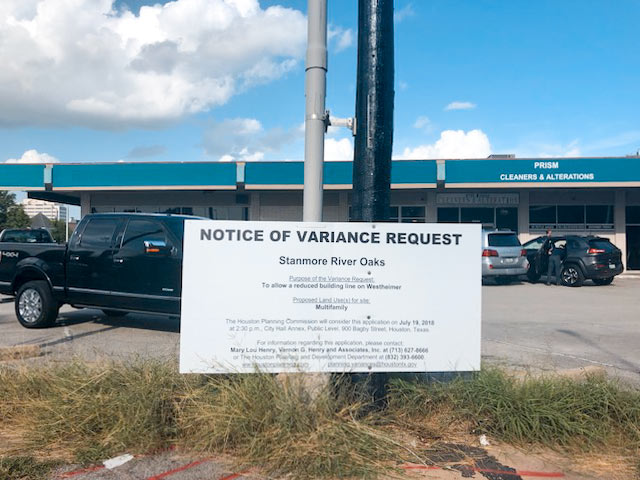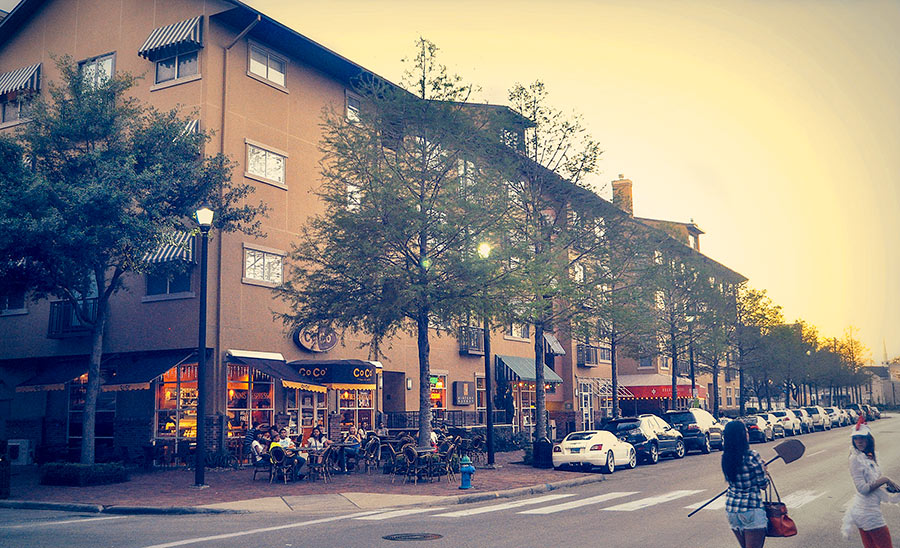

On deck for the Berryhill Shopping Center on the corner of Westheimer and Revere: Stanmore River Oaks, an 8-story apartment building planned in place of the site’s existing tenants Antique Pavilion, Prism Cleaners, and the original Berryhill Baja Grill. This Thursday, Houston’s city planning commission will consider the developer’s request to slide the planned building (depicted at top from the north) up to sit just 10 ft. from Westheimer — closer than the existing strip pictured above, behind the variance sign that’s now up on the property.
If the commission signs off, landscaping could go up too along the roadway in the fashion depicted below:


 Only 17 percent of projects eligible for incentives included in the city’s 8-year-old
Only 17 percent of projects eligible for incentives included in the city’s 8-year-old